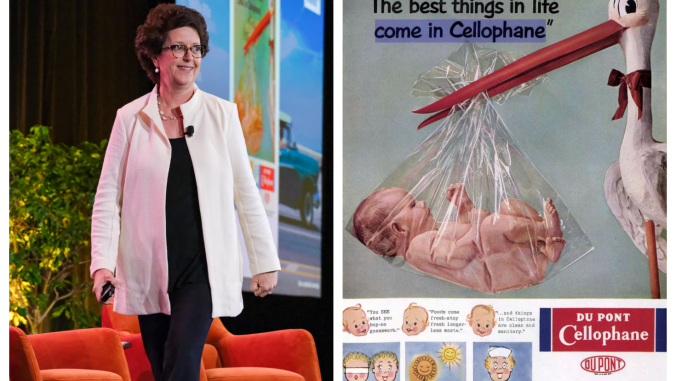Green marketing stats that justify storytelling
<p>Need some great stats to justify why your company should tell its sustainability story?</p>

Ever heard this one: “Yes, I agree, it’s important that we tell our sustainability story…but how’s it going to help us sell more product?”
That’s usually followed by something like: “Show me the ROI and, sure, we can fund your sustainability marketing initiatives.”
We’ve heard them all (and we happen to agree with them — you should be able to leverage your sustainability story to sell more product/gain more share), and we’ve helped several of our clients make the case for funding. Here are some data points from our just-released Eco Pulse study that can help you make the case, too:
- Roughly half the population consider a company’s environmental reputation as they make product choices. In fact, roughly a third of the population determines if a product is green based on the company’s environmental reputation. This is an emerging trend: Just two years ago, only 23 percent used a company’s eco-reputation as a litmus test for a product’s greenness. Increasingly, Americans are having a hard time believing a product is green if they don’t believe the company is green in the first place.
- Today, half the American population can actually name a product that they’ve chosen or dropped as a result of learning more about a company’s environmental record. (That’s up from only 20 percent in 2008).
- Millennials – the largest demographic group outside of boomers — are even more likely to consider a company’s environmental record before making a purchase. In fact, they are twice as likely to have chosen a product based on the manufacturer/supplier’s environmental record or practices.
- From a CSR perspective, 30 percent of Americans consider a company’s nonprofit partnerships and donations when deciding whether to buy a product. However, only 6 percent regularly choose products or retailers based on those partnerships and donations. The activities that have the greatest impact on purchase decision are local activities. We’ve heard consumers say “If it’s local I can see it and it benefits me and my community.”
So, the next time you’re in the position of having to justify your CSR and sustainability marketing efforts, feel free to use any or all of these data points (and, of course, you can buy the study to get a lot more detail).
Bottom line: You can leverage your sustainability efforts to gain a market advantage — the magic trick, though, is to define those efforts and communicate them in a way that aligns with what your market cares about.
Image of flying books by violetkaipa via Shutterstock.





